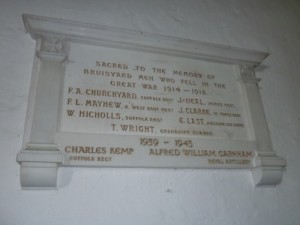Lijssenthoek Military Cemetery
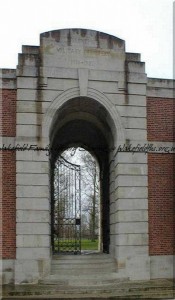
Lijssenthoek Military Cemetery entrance © Carol Sklinar
Lijssenthoek Military Cemetery nr Poperinge has a very special place in my heart, not only does my great uncle rest there but Nellie Spindler from my home town also calls Lijssenthoek ‘home’. A while doing a bit of research a few years ago, I came across another man whose final resting place is also Lijssenthoek – Philip Brydges Henriques.
In 1901 Philip was six years old and living with his parents Philip Guttery Henriques, a Barrister at Law and Beatrice Rachel nee Faudel-Phillips, who married in 1892. Home for the family at this time was 33 Grosvenor Place, Knightsbridge. The young Philip at the time was cared for by Amalie Eberhard, his Governess.
Ten years later in 1911 Philip Guttery Henriques and Beatrice were living at Normandy Park, Surrey, which they had purchased in 1903. In the house on the night of the census there were no children (Philip was an only child), but Philip and Beatrice had a few visitors and plenty of staff. The visitors included : John Fowle, 48 a Colonel in H M Army (War Dept.,) and his wife Helene Fowle, 35 who was born in Belgium; Natananiel Davidson, 26 a silk merchant; Stephen Slocum, 51 U S American Naval Attache and his wife Luna, 38 and Lay Louise Prescott, 56 who was a Paris resident. The servants included a Butler, cook, footmen, ladies maids, housemaids and kitchen maid – one of the ladies maids was Rosalie Schustes, she was one of the visitors maids and born in Russia – possibly Lady Prescott’s maid.
Philip during the 1911 census was attending Eton College, just a short walk from Windsor Castle, which he left in 1912 then attended New College, Oxford. War was declared while he was in France when on a break from Oxford. Following his return to the UK he was Commissioned in August 1914 into the King’s Royal Rifle Corps (KRRC.
The following May he was on the Western Front, serving in his regiment as a Second Lieutenant.
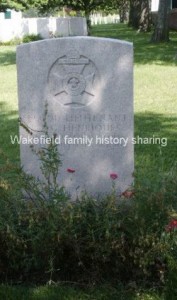
Henriques headstone in Lijssenthoek Military Cemetery © Carol Sklinar
On 23rd July 1915, at Ypres, he was wounded and died of his injuries while in hospital the following day. He rests in Lijssenthoek Military Cemetery near Poperinghe, Belgium along with over 10,000 other casualties including one English nurse from Wakefield, Yorkshire, QAIMNS Nellie Spindler. Although he rests in France, he is remembered by his family with a stained glass window in St Mark’s Church, Normanby and also on the Normanby War Memorial and All Saints Church Memorial, Eastbourne. He is also remembered with honour on the KRRC Memorial, Eton College.
The Probate entry for Philip reads ‘ Henriques Philip Brydges of 33 Grosvenor Place, Middlesex 2nd lieutenant K R Rifle Corps died 24 July 1915 at Ypres Belgium Administered London 15 January to Philip Joseph Gutterez Henriques barrister-at-law. Effects £6126 13s 2d’
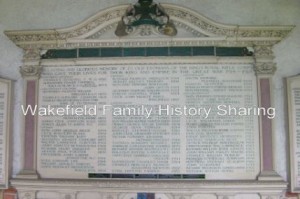
King’s Royal Rifle Corps Memorial Eton College © Carol Sklinar
The public schools of England suffered 20% losses, as opposed to 13% of others who served. These men who were more than likely junior officers, lieutenants and captains, who lead by example and were first out of the trenches and last to return, and were often the target of snipers – without an officer in charge the leadership would be passed down the ranks. Eton College, was not alone when it came to losing high numbers of its ‘Old Boy’s’. They infact lost 1,157 men, some as young as 17 and still only boys. Harrow School lost over 600 of its ‘boys’.
During the war Philip’s father served in the Government and received a Knighthood when peace had been declared.
The couple, Philip Guttery Henriques and Beatrice continued to live at Normanby Park and in 1939 just before the outbreak of the second world war their information was once again recorded. Sir Philip was now a JP, Deputy Lieutenant of Surrey and Chairman of Surrey County Council. Beatrice the lady of the house had her personal occupation classed as ‘unpaid domestic duties’ – I bet that made the paid staff cuckle! Other people within the walls of Normandy Park were :- Juliana V Lucas, a widow living on her own means; Dudley Aukland, a Clerk to Surrey C C; William My Hollingshead, manservant; Walton Sandford, cook; Lilly S Watkins, ladies maid; Marian A Watkins, housemaid; record closed; Alice M Sandler (?), ladies maid; record closed; John T Moore and Thomas Banks, both house boys. It appeared that the family chauffeur, Sidney Fisker and his wife Kate, lived at Normanby Park Lodge, as did the gardener William Church and his wife Florence.
Sir Philip died in 1950 and Beatrice, his wife followed in 1952. The estate then passed to their nephew Claude Arthur Lucas, which he sold the following year.
Like this:
Like Loading...
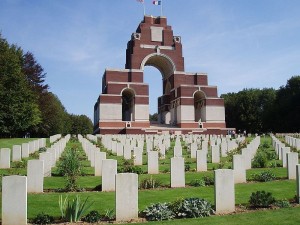
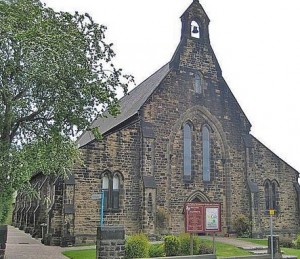
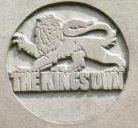 Albert enlisted in Manchester, joining the King’s Own Royal Lancaster Regiment – Private 3571.
Albert enlisted in Manchester, joining the King’s Own Royal Lancaster Regiment – Private 3571.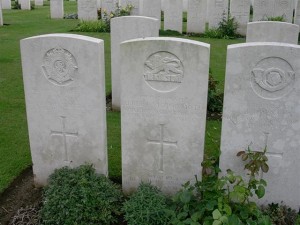
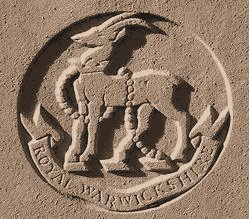
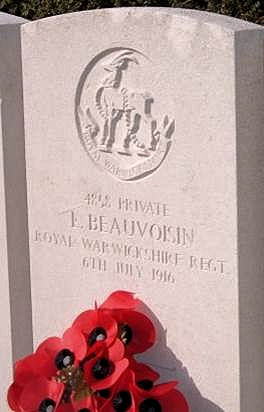
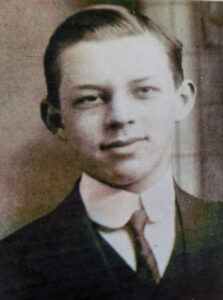
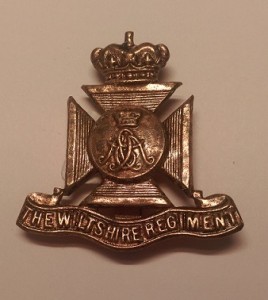

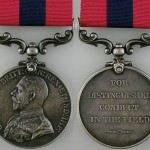
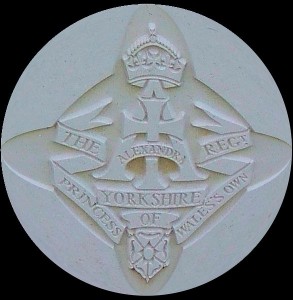
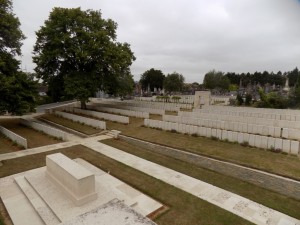
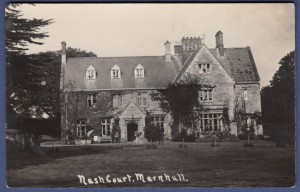
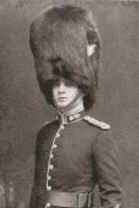
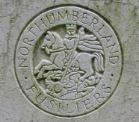
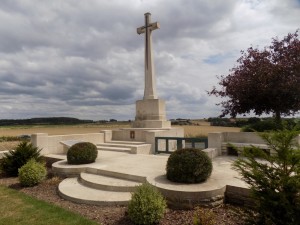
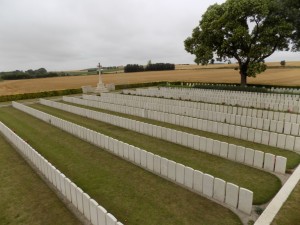
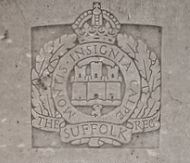 have been quite a good size as it consisted of nine rooms – Emma, who completed the census form, wrote in the ‘number of rooms’ box, that her house had six bedrooms and three sitting rooms.
have been quite a good size as it consisted of nine rooms – Emma, who completed the census form, wrote in the ‘number of rooms’ box, that her house had six bedrooms and three sitting rooms.